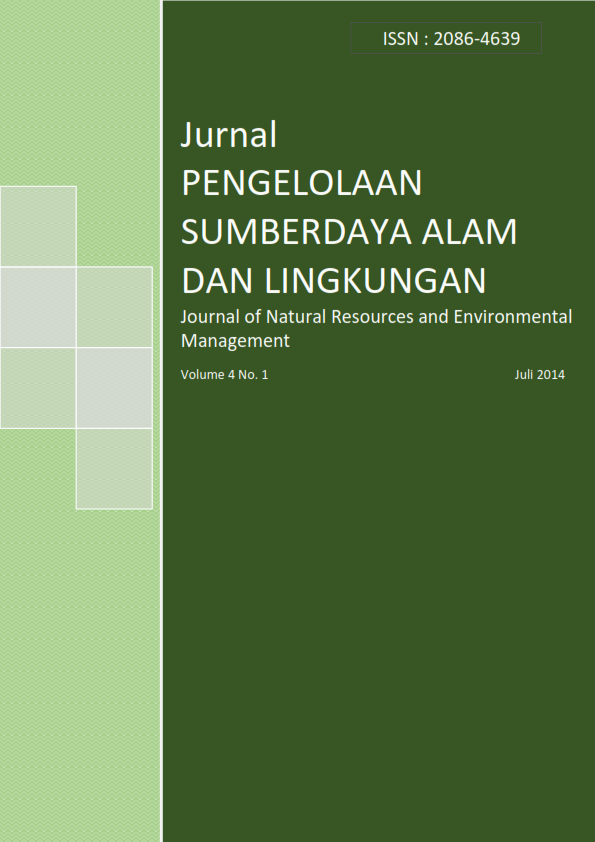STATUS KUALITAS AIR DAN UPAYA KONSERVASI SUMBERDAYA LAHAN DI DAS CITARUM HULU, KABUPATEN BANDUNG
Abstract
Relationships between water quality and catchment characteristics are examined for rivers in the Upper sub Watersheds of Citarum using a GIS-based approach. The study aimed to analyze the relationship of type of land cover and water quality parameters in response to surface runoff. The multiple linear regression model was evaluated to demonstrate the relationship between the both variables. Stepwise multiple linear regressions demonstrated that agriculture and settlement land cover type was able to describe the overall water quality status. Physico-chemicals of water quality parameters could be sufficiently predicted using one land use/land cover type. Stepwise regression results showed that paddy field were significantly related to pH, DO, BOD and COD.Forestrelated significantly to TDS and temperature in dry periods. Water quality parameters over the period of the rainy seasons including agricultural related significantly to temperature, BOD, COD, TP and H2S. Nitrite and TDS had relationship with settlement and paddy field had relationship with pH and TSS. Moreover, only forest had relationship with DO in wet periods. The overall statistically relationships were significant in p < 0.05. This research provides perspective relationship between water quality and land cover types which is an important factor for the water resources conservation in the management plans.
Keywords: water quality, land cover, surface runoff, stepwise linear regressions, water resources conservation
Authors
Authors who publish with this journal agree to the following terms:
- Authors retain copyright and grant the journal right of first publication with the work simultaneously licensed under a Creative Commons Attribution License that allows others to share the work with an acknowledgement of the work's authorship and initial publication in this journal.
- Authors are able to enter into separate, additional contractual arrangements for the non-exclusive distribution of the journal's published version of the work (e.g., post it to an institutional repository or publish it in a book), with an acknowledgement of its initial publication in this journal.
- Authors are permitted and encouraged to post their work online (e.g., in institutional repositories or on their website) prior to and during the submission process, as it can lead to productive exchanges, as well as earlier and greater citation of published work (See The Effect of Open Access).





